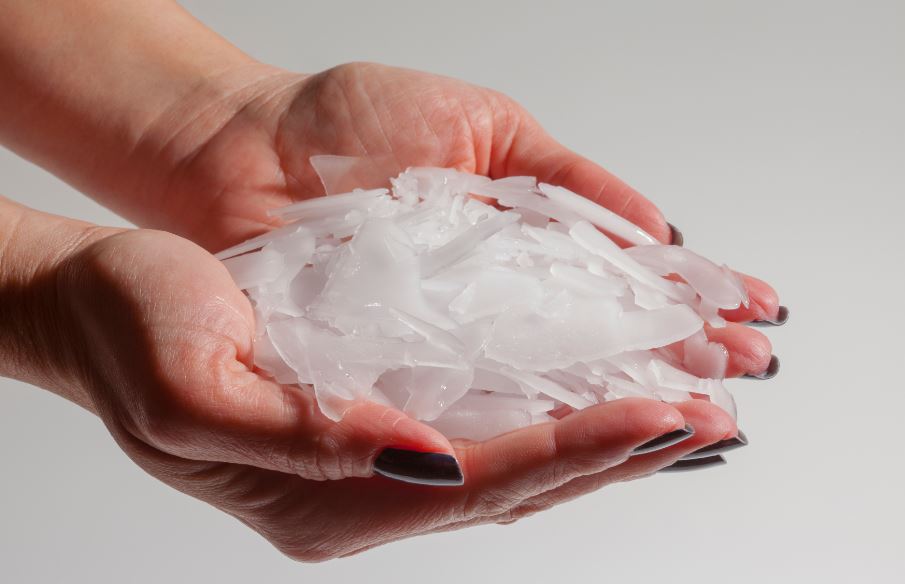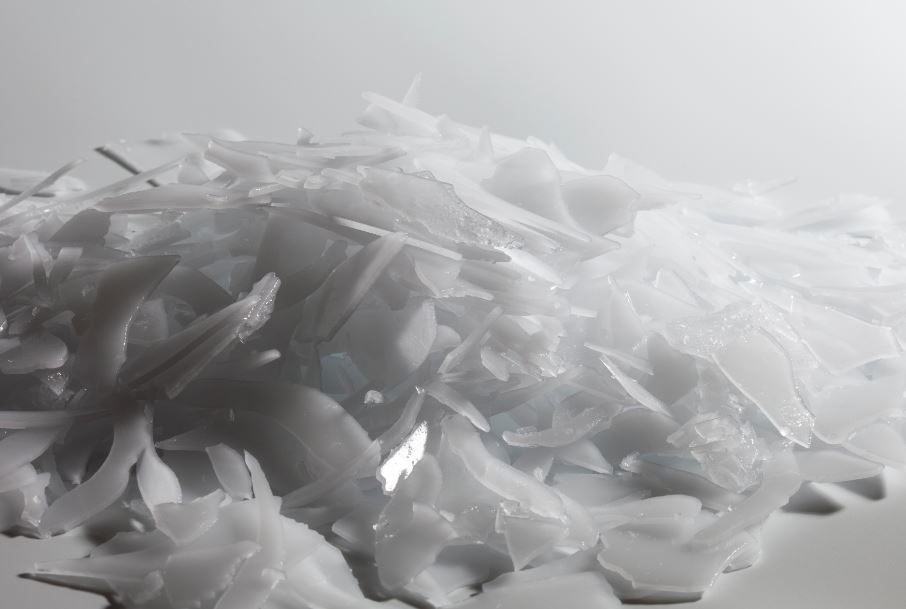Flake ice, as opposed to ice cubes, comes in small pieces of uneven shape. It is usually used to preserve fish, although it has other applications in baking plants, meat industry, hospitals, gyms or laboratories.
It was usually obtained by crushing ice bars, although this method has become obsolete for its low economic and energy efficiency. Nowadays it is made by ice generators with productions ranging from a few kilograms to daily tonnes.
The different working systems of these generators make that the ice obtained is also different in shape, size, core temperature of the flake o moisture percentage. To this respect, the main working systems of the generators are:
-Drum machines:
For large productions. Ice is formed on a cylindrical surface, it is dried and detached by a mechanical means (blade or reamer). Ice comes in thin, subcooled and very dry flakes. At ITV, this is the SCALA family.
-Spindle machines with press:
Ice is formed in the inner surface of the tube and passes through nozzles which press it, dry it and crush it as small cylinders or sectors. Inner temperature is not as low as in the first case but it still has hard shapes with cutting edges.
-Spindle machines without press:
Similar to the above case, but the ice formed inside the flooded tube is scratched and taken out with a spindle without draining. You get small pieces with uneven sizes and shapes; inner temperature close to that of water fusion and high inner and superficial moisture contents.
For those who handle fresh fish in contact with ice, it is well known that the low temperatures of the flakes produce thermal lacerations to the skin. The hard particles with cutting edges cause, on the other hand, a mechanical abrasion that also wears it.
For this reason, the first two types are not recommended for direct contact with fresh fish and even less for application on human skin. The third one has the handicap that due to the water contents, the thermal storage in the shape of latent heat is smaller per kilogram and so is its persistence. So it would be inaccurate to consider all the types of flake or crushed ice to be the same.
ITV’s IQ units are the third type and they produce an ice which is not subcooled, not cutting and with enough water contents; so we think it is the best suited for these applications.




